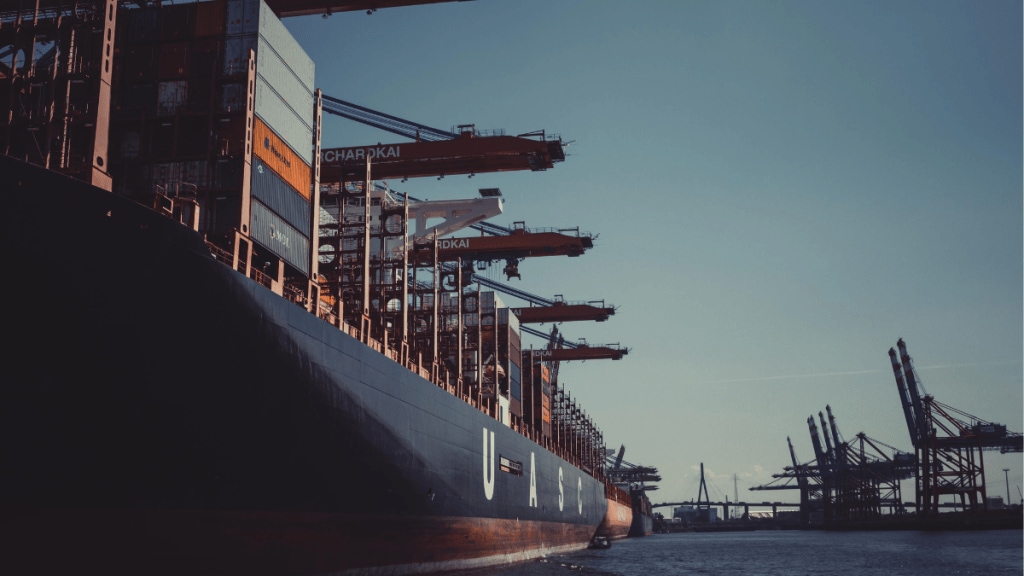By Ashok Gulati
President Donald Trump’s frequent utterances that he is the one who stopped the war between India and Pakistan, which could have gone nuclear, shows that he is bent upon claiming the Nobel Peace Prize. He has said that he would like to go down in history as a peacemaker. Interestingly, Pakistan has nominated him, and is getting favoured treatment. But India denied Trump had any role in stopping the four-day conflict, and this seems to have irked him.
Now, Peter Navarro, his trade advisor, says outlandishly that Russia-Ukraine is “Modi’s war”, as India is funding it through Russian oil purchases. Trump’s 25% punitive tariff for buying Russian oil on top of 25% reciprocal tariffs could only be a beginning of the punishment. The White House is already talking about cutting down H1-B visas, and some senators even called it a “scam”. India is the biggest beneficiary of the programme, claiming almost 70% share. With 50% tariffs, India’s US exports are going to suffer a massive loss, maybe $40-50 billion. And if Trump doubles down on H1-B visas, the losses could be much higher. So, India has a big stake with too many of its eggs in the US’s basket.
Prime Minister Narendra Modi has stood his ground so far. He told the nation he is ready to suffer, but will not compromise. However, the European Union (EU), Japan, and South Korea have already made deals, although details are still not public. China is the only country that has withstood Trump’s pressure tactics and even retaliated through its monopoly over rare earth minerals. India does not have that leverage. The Indian economy is smaller than one-seventh of the USA’s, like a monkey in front of a 500-pound gorilla. The only way to not get crushed by this power play is to be extremely agile and smart and get out of the gorilla’s way, especially when it is charging. This gorilla will go down with its own weight, and Trump’s policies are only going to hasten that process.
Most economists outside his circle opine that the US will soon hit stagflation-high inflation and low growth-if not outright recession. But that is not going to happen immediately. It will take at least six months to a year for the policies to run their course and show some tangible results. Only then would the US possibly realise the folly of its present steps and consider changing course. But in the meantime, the eagle has already dealt massive damage to its own reputation. No one, including its allies, are going to trust the US anymore. India certainly won’t. The hard work of diplomats over the last 25 years towards building Indo-US relations has been undone in two months. Trust is fundamental in any relationship, personal or national. It cannot and should not be traded with short-term transactional gains. Once trust is lost, it may take decades to rebuild, and even then, fear will always lurk.
India’s options in the face of US pressure
In such a situation, what should India do? Here are some pointers.
First, there is no need to retaliate. We have a fair bit at stake and we don’t have the leverage that China does. Second, fast-track diversification of exports to other regions and countries-Russia, Japan, Australia, Africa, and Latin America-is imperative. We need to get going on free trade agreements with the EU, Russia, Association of Southeast Asian Nations members, the African Union, as well as the Comprehensive and Progressive Agreement for Trans-Pacific Partnership. Third, the expanded BRICS must be made more proactive on trade with some rules of the game. The US has already buried the World Trade Organization (WTO) with its barrage of differential tariffs on various countries. Can the BRICS take the initiative to resurrect it? Fourth, India must remain engaged with the US on trade negotiations and adopt a somewhat more flexible approach. We need to be pragmatic and weigh in the net benefit from sourcing oil from Russia, which, as rough calculations suggest, is not more than $6-7 billion. If we reduce that and increase imports from the US, it may help save exports worth $40-50 billion. It is smart negotiation, not a compromise with sovereignty. Lastly, there is a lot to do at home—we should undertake second-generation reforms, including significant reduction in import duties. Else, we support Trump’s claim of India being the tariff king.
The bigger lesson on trade policy
Trade deficits seem to have spurred the US to impose higher reciprocal tariffs. A majority of politicians in most countries, including India, believe exports are always good but imports are bad. That gives them the rationale to slap higher import duties. The fundamental problem with such politicians is that they don’t understand the theory of comparative advantage. Trade brings prosperity among nations. The only thing one must ensure is that trading is based on rules, not export subsidies. That’s where the WTO’s role becomes critical. While export subsidies were banned, exchange rate distortions (especially undervalued currency) were not subjected to any scrutiny. It is well-known that China, from the mid-1990s to the mid-2000s, pegged its exchange rate to a dollar at around 8.28. Several studies pointed out that the Chinese yuan was hugely undervalued (by about 20%), which was a hidden way of giving an export subsidy across sectors. This was a period when China was accumulating trillions of dollars, and yet the exchange rate remained undervalued. This is at the root of the current overblown trade deficits of many countries vis-à-vis China. Unless this is checked, undue trade imbalances will remain.
The writer is distinguished professor, ICRIER.
Disclaimer: Views expressed are personal and do not reflect the official position or policy of FinancialExpress.com. Reproducing this content without permission is prohibited.

